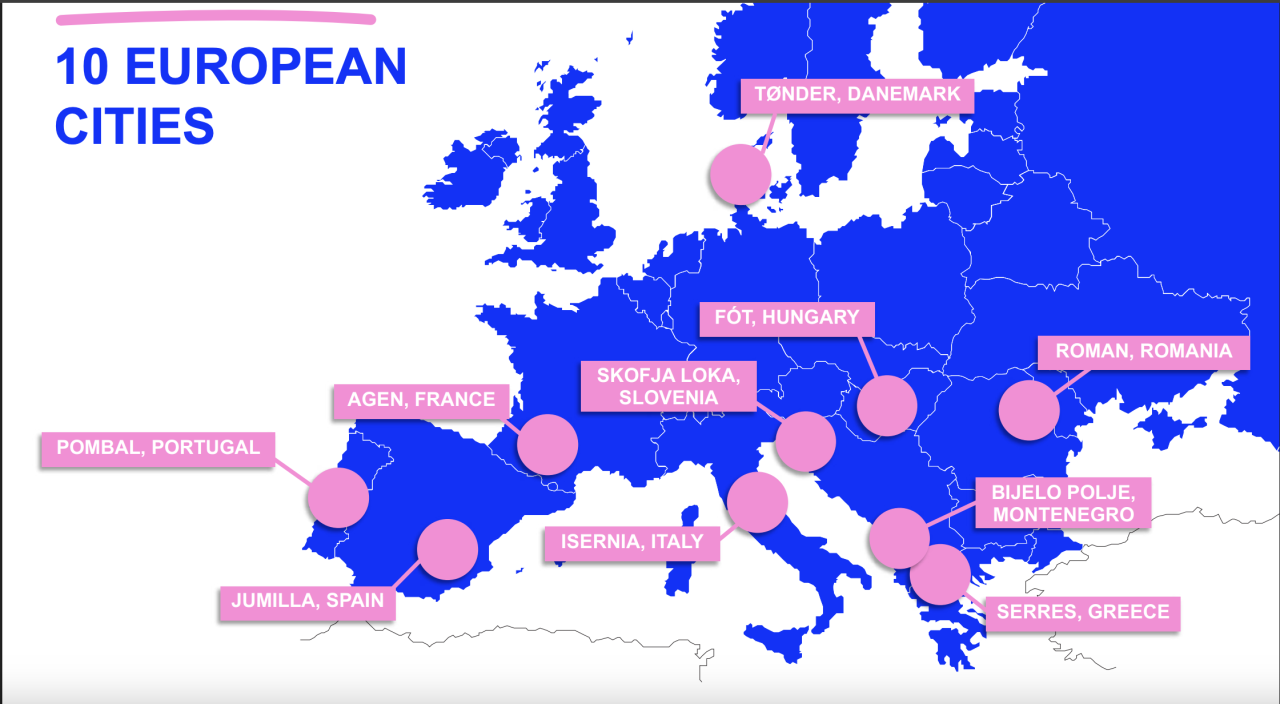URBACT is all about turning ideas into action. Currently, 30 Action Planning Networks are bring together cities across Europe to tackle shared urban challenges and test new solutions. One of these networks is Breaking Isolation, also part of the URBACT IV programme. It focuses on a challenge that affects millions but often remains invisible: social isolation. By combining local knowledge, community engagement, and practical experimentation, the network is showing how cities can take meaningful steps to build stronger, more connected societies.
Keep reading and learn more about social isolation as an urban phenomenon, and how the network is working in their podcast.
What Is Social Isolation?
Social isolation occurs when individuals lack meaningful social connections, leading to feelings of loneliness and exclusion. Unlike voluntary solitude, isolation can have severe consequences on mental health, well-being, and community cohesion. It is often linked to various social and economic factors, including:
- Age: elderly individuals, especially those living alone, are highly vulnerable.
- Socioeconomic status: financial difficulties can limit access to social spaces and activities.
- Urbanisation: city life can create environments where people live close together but interact less.
- Digital divide: while technology connects many, it can also isolate those who struggle with digital access.
A recent AI-generated podcast delves into these critical questions, offering valuable insights into how cities can combat isolation and strengthen social ties.
Moving Toward Solutions
Cities involved in Breaking Isolation are now moving from understanding the problem to experimenting with real-life solutions. Through pilot projects, they aim to test and refine innovative strategies that can later be integrated into local policies.
Addressing social isolation requires a collective effort—from governments and organisations to communities and individuals. By sharing knowledge and experiences, the Breaking Isolation network hopes to build a more inclusive and connected society.
Discover all the URBACT Networks here, and learn more about social isolation and other key topics at the URBACT Knowledge Hub.
Stay tuned for more updates as the project moves forward!


